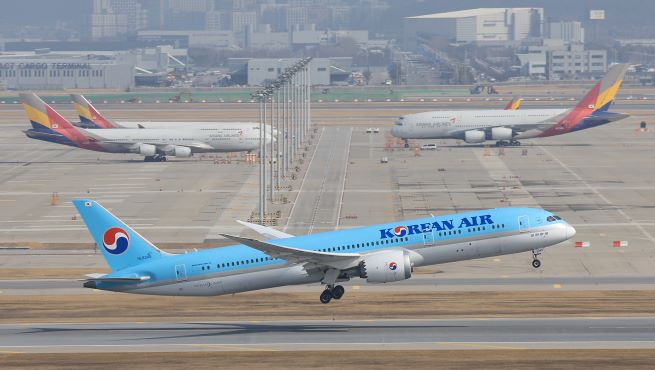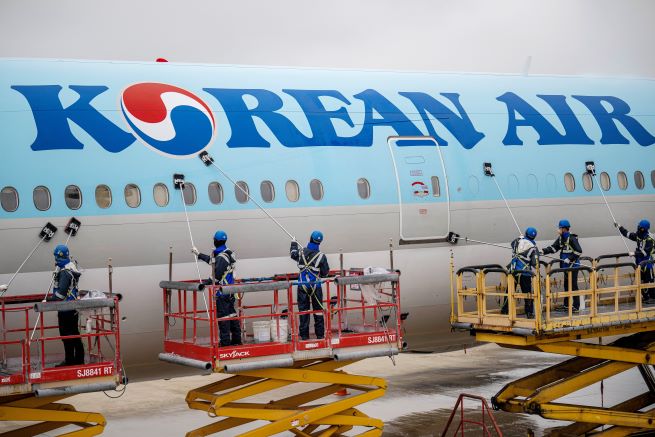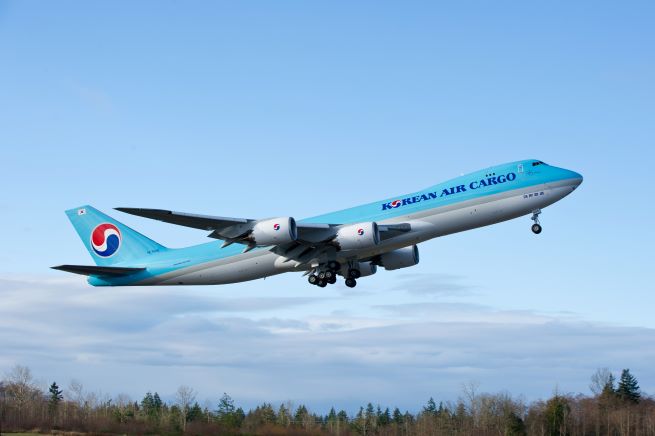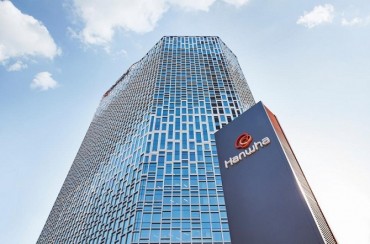SEOUL, Nov. 28 (Korea Bizwire) – With the European Union Commission granting final approval for the merger between South Korea’s two largest airlines, the nation’s aviation industry stands on the brink of a seismic shift that will create the country’s first “mega carrier.”
The merger of Korean Air and Asiana Airlines promises better competitiveness through economies of scale, but concerns persist about potential price increases and reduced consumer benefits under the new monopolistic structure.
According to the International Air Transport Association’s (IATA) “World Air Transport Statistics 2020,” Korean Air and Asiana Airlines ranked 18th and 32nd respectively in international passenger revenue per kilometer (RPK) in 2019. IATA has not published these rankings since the COVID-19 pandemic.
The combined entity would immediately vault to 11th place globally. The merged airline would operate a fleet of 238 aircraft, combining Korean Air’s 158 planes (135 passenger and 23 cargo) with Asiana’s 80 aircraft (68 passenger and 12 cargo).
Financial consolidation would be equally impressive. Based on 2023 figures, the merged company would boast combined revenues of 21.1 trillion won (Korean Air: 14.6 trillion won, Asiana: 6.5 trillion won) and total assets of 42.8 trillion won (Korean Air: 31 trillion won, Asiana: 11.8 trillion won).
Industry experts anticipate significant operational benefits. “Becoming a global top-10 airline through this mega-carrier merger will substantially increase growth potential through economies of scale,” said Hwang Yong-sik, a professor at Sejong University’s College of Business & Economics.
The merger would strengthen negotiating power for fuel costs, airport fees, and aircraft leasing rates. Korean Air could streamline maintenance and pilot training while optimizing overlapping routes.
Resources previously spent on domestic competition could be redirected toward emerging sectors like aviation maintenance (MRO) and urban air mobility (UAM).
The consolidation extends to their budget airline subsidiaries. The merger of Jin Air, Air Busan, and Air Seoul would create South Korea’s largest low-cost carrier, promising additional cost efficiencies through route optimization.
However, market concentration remains a significant concern. Research from Korea Aerospace University suggests that following both the main carrier and budget airline mergers, the combined entity would control 73% of international passenger traffic from South Korea.
This dominance raises fears about fare increases, particularly given South Korea’s limited price regulation system, which only oversees maximum fare levels for international and domestic routes.
Consumer choice could also diminish, as the two carriers currently share 42% of their routes. Korean Air plans to reduce saturated short and medium-haul routes while expanding long-haul services to destinations like the United States and Oceania.
Employment presents another challenge. With a combined workforce of 27,470 (Korean Air: 19,425, Asiana: 8,045 as of late 2023), job cuts appear inevitable as overlapping positions are eliminated.
Hwang notes that while issues like mileage program integration and workforce restructuring remain to be addressed, monopoly concerns have been partially mitigated through route concessions required by competition authorities over the past four years.
Ashley Song (ashley@koreabizwire.com)









